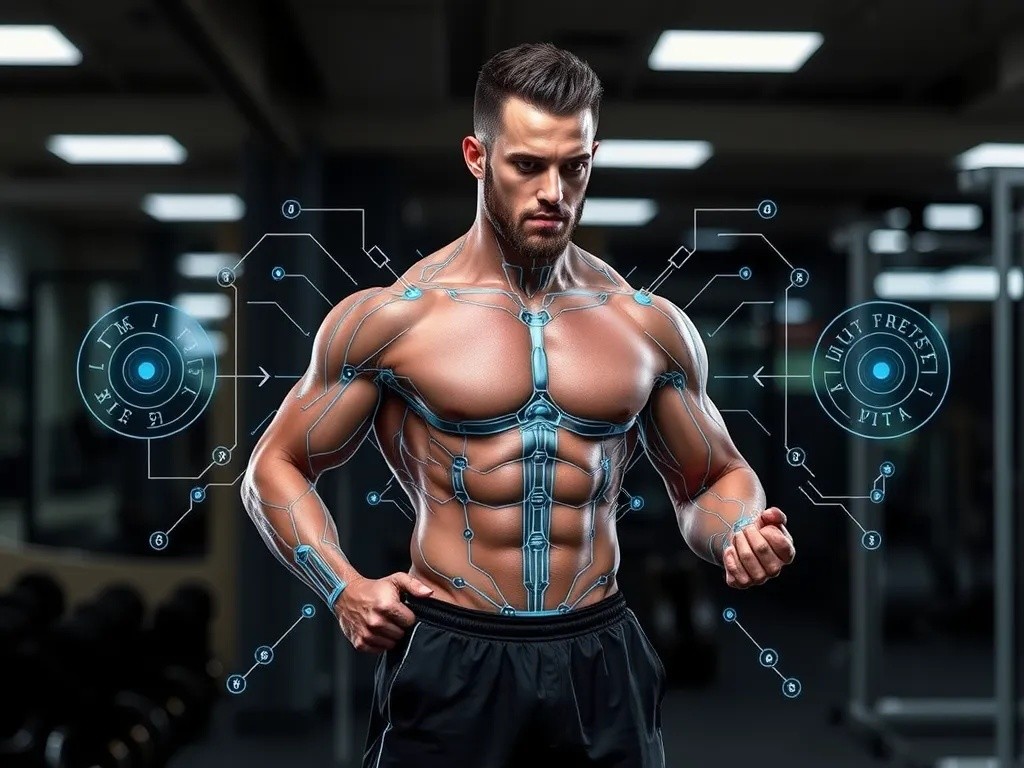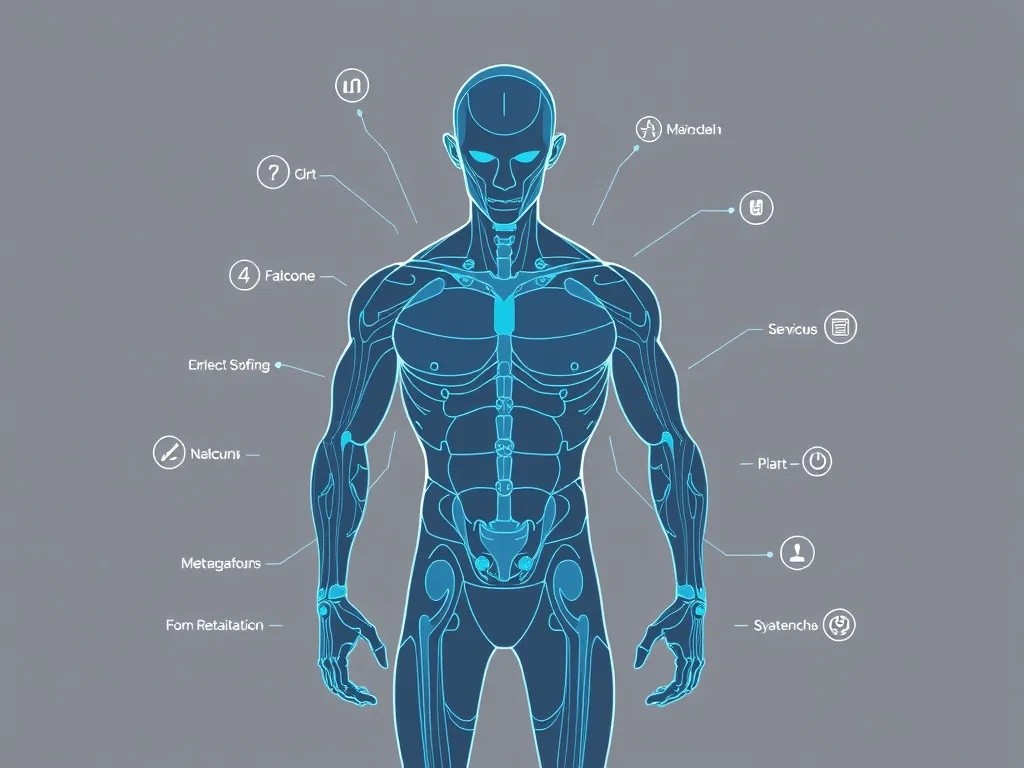In recent years, there has been a significant advancement in the field of Artificial Intelligence (AI) and Augmented Reality (AR). These technologies have become increasingly popular and have the potential to enhance virtual experiences in various fields such as gaming, education, healthcare, and...
AI Creates Custom Workout Plans Based on Your Body Type

The fitness industry is experiencing a revolutionary transformation as artificial intelligence takes personalization to unprecedented levels. Gone are the days of one-size-fits-all workout routines that ignore individual body compositions, genetic predispositions, and physical limitations. Today's AI-powered fitness platforms analyze your unique body type to create tailored exercise programs that maximize results while minimizing injury risk.
Understanding Body Types and AI Analysis
Traditional fitness approaches often categorize bodies into three basic somatotypes: ectomorphs (lean and long), mesomorphs (muscular and well-proportioned), and endomorphs (higher body fat percentage). However, AI systems go far beyond these simple classifications by analyzing dozens of variables including muscle mass distribution, bone density, joint mobility, metabolic rate, and even hormonal patterns.
How AI Assesses Your Body Type
Modern AI fitness platforms use multiple data collection methods to build comprehensive body profiles:
- 3D body scanning technology that maps muscle and fat distribution
- Wearable device integration for real-time biometric monitoring
- Movement analysis through smartphone cameras or motion sensors
- Questionnaires about medical history, fitness goals, and lifestyle factors
- Integration with health apps and medical records where permitted
The Science Behind Personalized AI Workouts
AI algorithms process this collected data through machine learning models trained on thousands of successful fitness transformations. The system identifies patterns between body types and exercise responses, enabling it to predict which workout strategies will be most effective for your specific physiology.
Key Personalization Factors
AI considers several critical factors when designing your custom workout plan:
- Muscle fiber composition: Fast-twitch versus slow-twitch muscle ratios influence whether you respond better to strength training or endurance work
- Recovery patterns: Your body's ability to recover between sessions determines optimal workout frequency and intensity
- Injury history: Past injuries and current limitations shape exercise selection and progression strategies
- Time constraints: Available workout time influences exercise selection and program structure
- Equipment access: Home gym setups or commercial gym memberships affect exercise recommendations

Benefits of AI-Driven Fitness Programs
Enhanced Results
Studies show that personalized workout programs deliver significantly better results than generic routines. AI systems can increase workout effectiveness by up to 40% by selecting exercises that target your body's specific strengths and weaknesses. The technology continuously adapts your program based on progress data, ensuring you never plateau.
Injury Prevention
One of AI's greatest advantages is its ability to identify potential injury risks before they become problems. By analyzing movement patterns, muscle imbalances, and recovery data, the system can modify exercises or suggest corrective movements to prevent common fitness injuries.
Dynamic Program Adjustment
Unlike static workout plans, AI programs evolve with your changing body and fitness level. The system tracks your progress through various metrics and automatically adjusts exercise difficulty, volume, and focus areas to maintain optimal challenge levels.
Real-World Applications and Success Stories
Major fitness platforms like Freeletics, Fitbod, and Vi Trainer are already implementing AI-driven personalization with impressive results. Users report higher satisfaction rates, better adherence to workout programs, and faster achievement of fitness goals compared to traditional approaches.
The Future of AI Fitness
Emerging technologies promise even more sophisticated personalization. Integration with genetic testing could reveal optimal exercise types based on DNA analysis, while advanced biometric monitoring might enable real-time workout adjustments based on stress levels, sleep quality, and nutritional status.
Getting Started with AI Fitness
To begin your AI-powered fitness journey, start by choosing a platform that offers comprehensive body analysis and personalization features. Invest time in providing accurate initial data, as this forms the foundation of your custom program. Remember that AI systems improve their recommendations as they gather more data about your responses to different exercises.
The integration of artificial intelligence in fitness represents a paradigm shift toward truly personalized health and wellness. By leveraging your unique body type data, AI creates workout plans that work with your physiology rather than against it, making fitness more effective, enjoyable, and sustainable than ever before.



